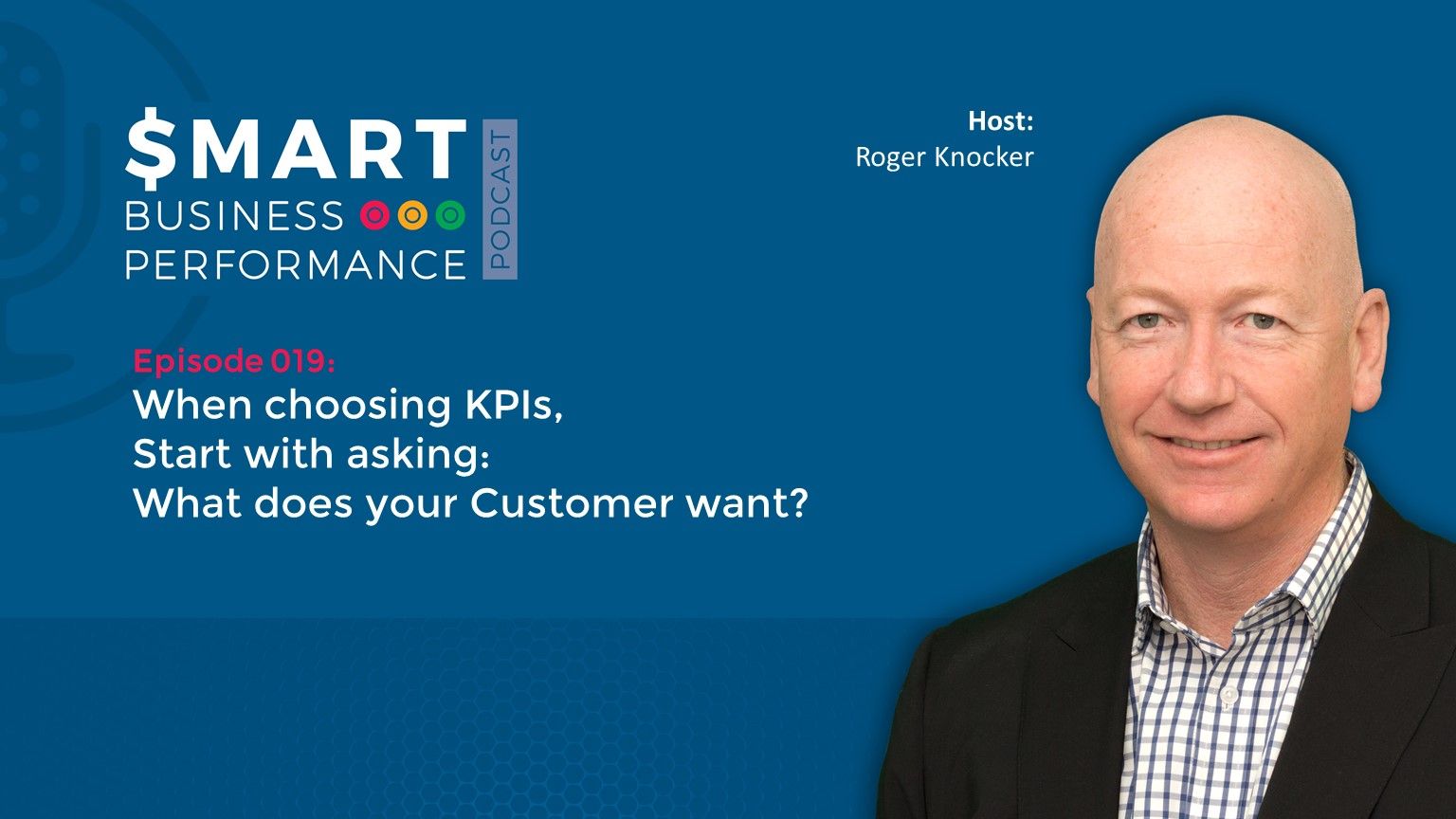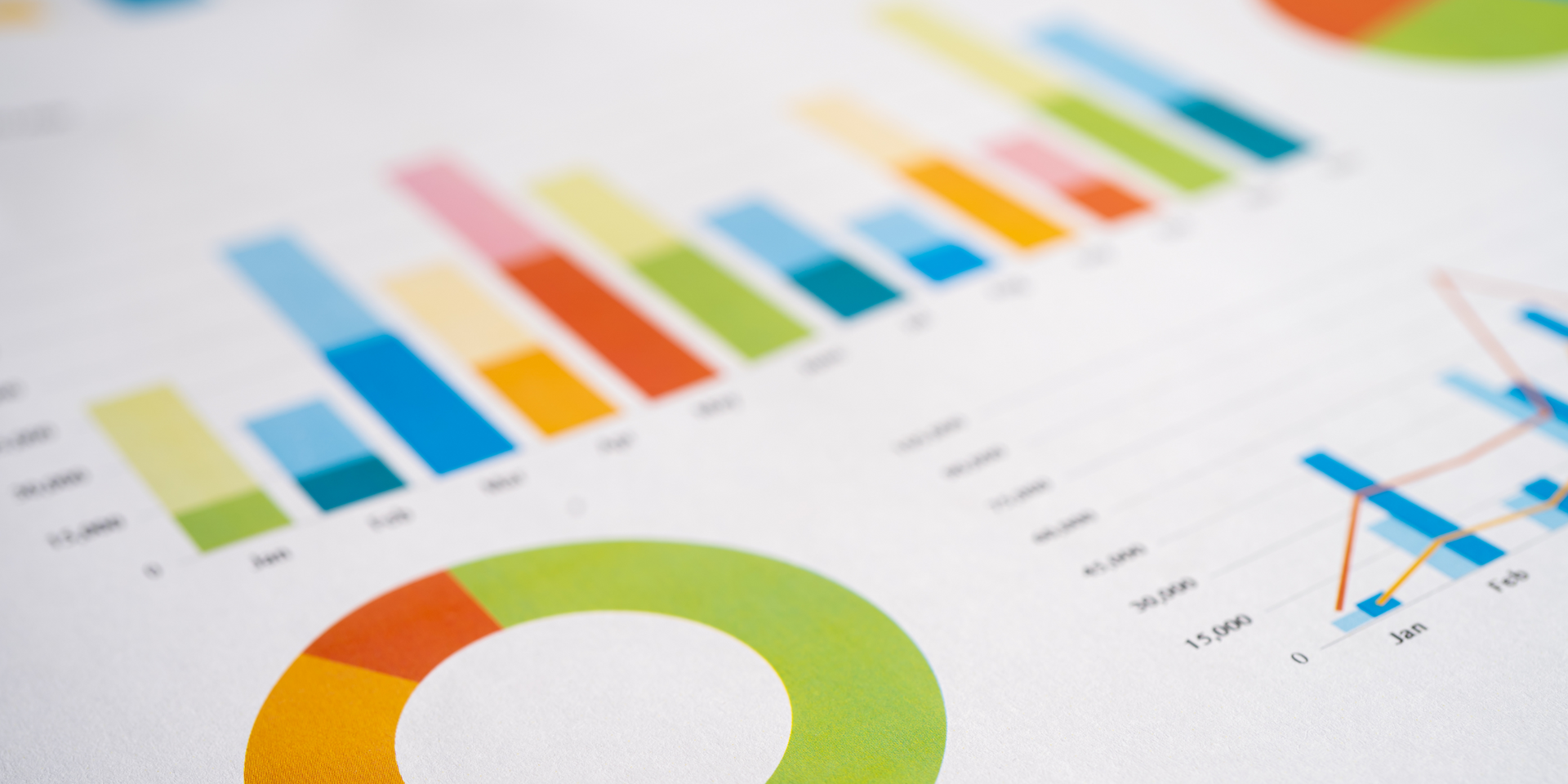SBP019: When Choosing KPIs ask “what does your Customer Want?”
SBP019: When Choosing KPIs ask “what does your Customer Want?”

A common mistake I see all the time is that KPIs are set as Customer KPIs when in fact the customer doesn’t value that measurement and benefits nothing from it. For example, a sales department crafted a few customer KPIs:
- $ Value if Gross Profit
- % Gross Profit
- $ Value if Annuity Business
- $Cost of Customer returns
From the above examples, you can see that the customer has received no benefit from these.
Instead, we should be asking how would the customer want to measure you as a supplier?
The answer to that question would like very different:
- # of returned shipments due to Poor quality
- # Mistakes on documentation
- % Variance to lowest product price
- % Product returned for Poor Quality
- % Due Date met
- # Avg time from order to Delivery
- # Executive Engagements
- % Net Promoter Score
Can you see the difference?
All of these KPIs are of value to the Customer and right now your customer might be measuring you on the achievement of them.
There are 3 Value propositions which we can discuss
1. Value for money (or a no frills offering)
- Customers want a product quality that is fit-for-purpose and where the delivery is
- It must be relatively easy to do business with you and there doesn’t need to be a huge variety of products to choose from. The price needs to be competitive even
- if it’s not the lowest. Price will, however, become a discussion point if quality and delivery are lacking.
- In times like these customers want a great offering at a great price. They love champagne, but invariably only have money for beer.
- There are world-class companies that do this such as Walmart, Toyota, Macdonald’s.
- 70% of my customer are looking for the price as the #1 value driver
KPIs
- % Repeat Business
- % On time and In full deliveries
- #Average order lead time
- % Credit Note to Sales
The trick for you is to ensure you measure the same in your internal systems.
2. One-stop-shop
- This is the Customer Solutions model. You supply the customer with many
- customized products and services and can be integrated into their supply
- Relationships on the ground are key as you increase the mix of services to
- Companies that do this well include Microsoft and IBM.
- 20 to25%
KPIs
- % Contract renewals
- Value of Referral Business
- % Customer Satisfaction – you can use some sort of survey to get this information
- % Net Promotor Score
- Value of ROI from Joint Customer Initiatives
Product Leadership
- Product leadership means providing cutting edge premium products. They are not to be confused with fit-for-purpose quality products as they have a much higher and superior quality and, perform at a much higher level.
- Suppliers of leading products should earn a superior margin in order to service the additional costs these products require,
- such as innovation costs,
- research costs,
- handling costs and,
- branding costs.
- In addition, be wary of launching innovation projects that aren’t led by customer data as this can cause an unnecessary reallocation of resources away from productive and profitable activities.
- Companies that do this include Mercedes Benz, BMW, Apple, Gucci Clothing.
- 5to10%
KPIs
- # Innovation Awards
- % Brand Awareness
- # Average Ranking in Product Reviews
- # New features per annum
- # Average score in independent reviews
The trick for you is to ensure you measure the same in your internal systems.
Tip
Make sure your Customers would value your Customer KPIs
If you enjoyed this episode of the
Smart Business Performance Podcast, then make sure to subscribe to our podcast.



